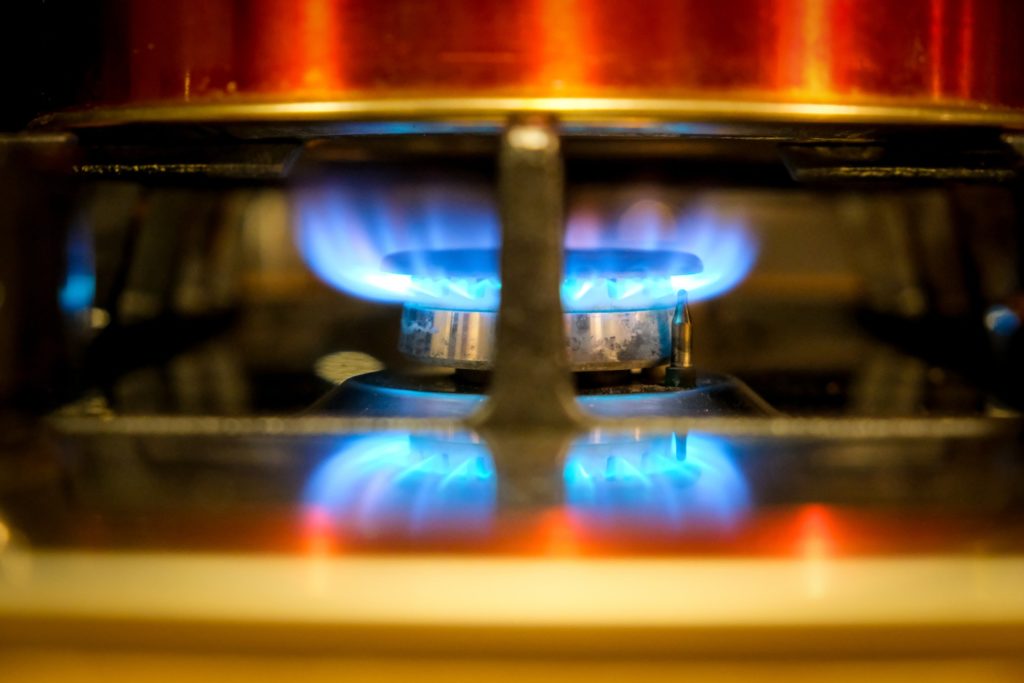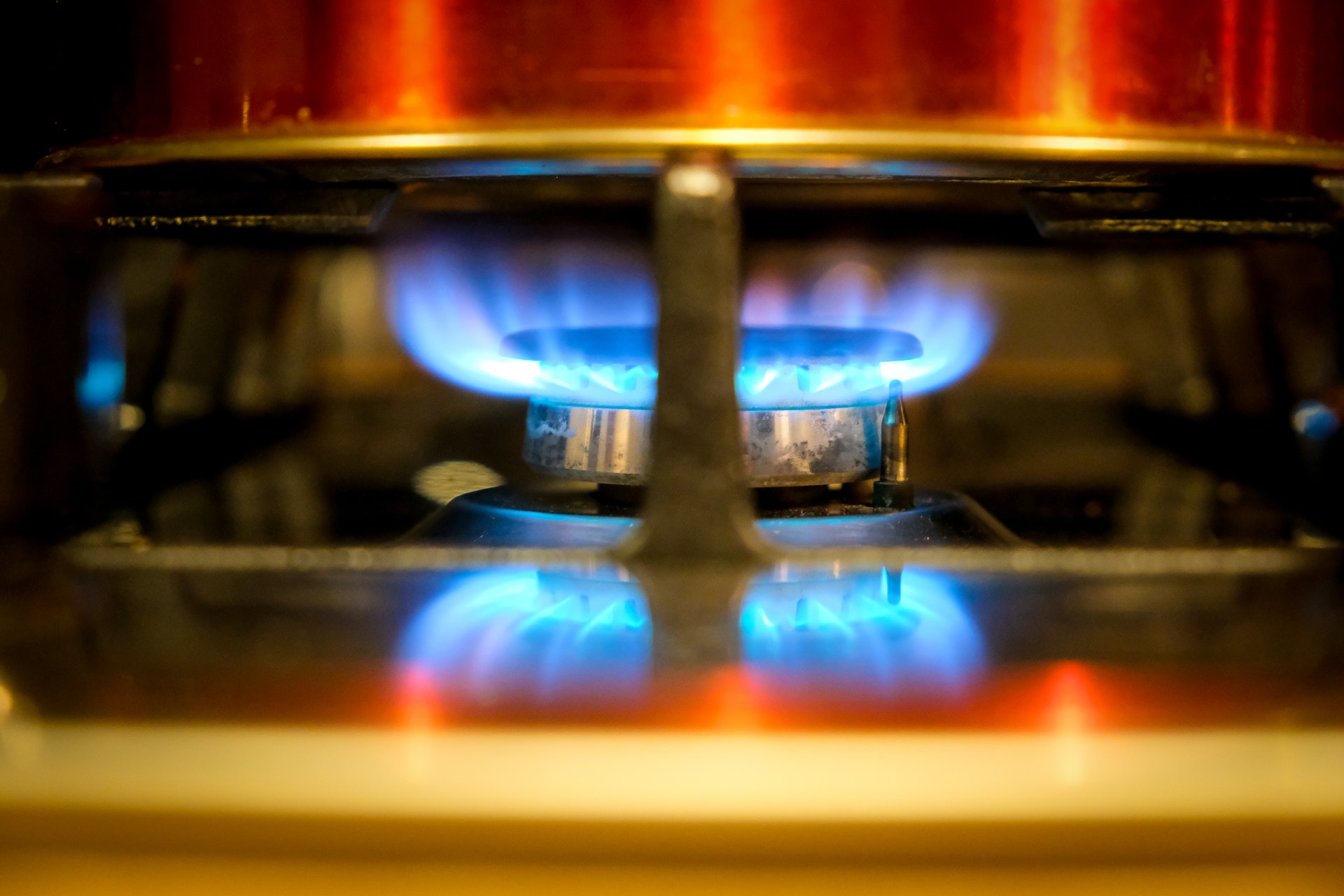
What is carbon monoxide (CO)?
Fuels that are burned incompletely produce carbon monoxide (CO). It is an odorless, colorless, and tasteless gas. Carbon monoxide is produced by car exhaust, fires, or even natural gas appliances in our homes, such as stoves and water heaters. A dangerous gas, it is one of the leading causes of poisoning deaths in the US.
Why do we need to monitor CO levels at home?
It is impossible to detect if you are already breathing in dangerous amounts of carbon monoxide since carbon monoxide can neither be seen nor smelled. In an enclosed house, you might be more susceptible to trapping carbon monoxide (CO) from indoor activities, such as burning gasoline, wood, propane, or charcoal.
It is crucial to monitor because it is difficult to identify and the effects of exposure to unhealthy amounts can be severe, including carbon monoxide poisoning. When inhaled, carbon monoxide binds to the hemoglobin in the blood, thereby disrupting its function of delivering oxygen to the body’s organs. This causes symptoms such as:
- Fatigue
- Dizziness
- Headaches
- Confusion
- Chest pains
- Low blood pressure, and more
Children and elderly people, as well as those with respiratory and cardiovascular conditions, are at higher risk. Carbon monoxide exposure has also been linked to adverse effects on women during pregnancy and on their unborn children.
It should be remembered that the higher the concentration of CO and the longer the duration of exposure, the higher the likelihood of death.
uHoo uses guidelines recommended by the US Environmental Protection Agency (EPA) on carbon monoxide levels:
0 to 9 ppm : This is a safe level of exposure to carbon monoxide
9 to 35 ppm: There are no symptoms in most people when exposure is up to 70 ppm over an 8-hour period. The maximum exposure for 1 hour is 35 ppm as per the US standard, which should not be exceeded by more than one exposure per year.
35 to 100 ppm: People may start experiencing headache, fatigue and nausea once CO levels go past 100 ppm over an 8-hour exposure time period. Those with heart conditions may begin experiencing chest pains. Exposure to this level is dangerous and can result in disorientation. Esposure at 400 ppm over 3 hours can be life threatening and will cause unconsciousness and eventually, death.
What are the benefits of regulating CO levels?
In the United States alone, about 200 people die each year as a result of accidental carbon monoxide poisoning, while thousands are injured. Continuous monitoring of carbon monoxide levels not only improves health and well-being, it can literally save lives.
Promote safety
Carbon monoxide in high concentrations can potentially cause fires. Carbon monoxide is an extremely flammable gas. Carbon monoxide leaks in small spaces without adequate ventilation can result in fires or explosions.
Protection from potential health complications
As already mentioned, exposure to unhealthy levels of carbon monoxide can cause serious health problems because of the inadequate oxygen provided to the body’s vital organs such as the lungs, heart, and brain. Maintaining safe CO levels in the home can help you prevent these symptoms.
What can be done to regulate carbon monoxide levels inside the home?
- Continuously monitor your home’s carbon monoxide levels.
- Install your gas or fuel-burning appliances correctly and in well-ventilated areas to prevent the release of large amounts of CO into the air.
- If you need a space heater, invest in a vented space heater.
- Make sure to use an exhaust fan to vent CO outside when cooking.
- When utilizing a fireplace, make sure the flues are open.
- Regular maintenance of your heating systems is a must. Hire a professional to inspect your furnaces, flues, and chimneys
How does uHoo help to improve carbon monoxide levels at home?
uHoo provides reliable real-time monitoring and measurement of CO levels and all the other vital things in your air so you can be alerted and take prompt action on the issues. It can also do the following to help you take control:
- Measure and monitor all the essential air quality parameters so you can create a healthier and safer home
- Provide alerts when your carbon monoxide level is unhealthy so you can promptly resolve it
- Provide a real-time risk assessment of virus survival and transmission in the air with the uHoo Virus Index
- Easily integrate with your heating, ventilation, and air cooling systems to manage your indoor air quality



